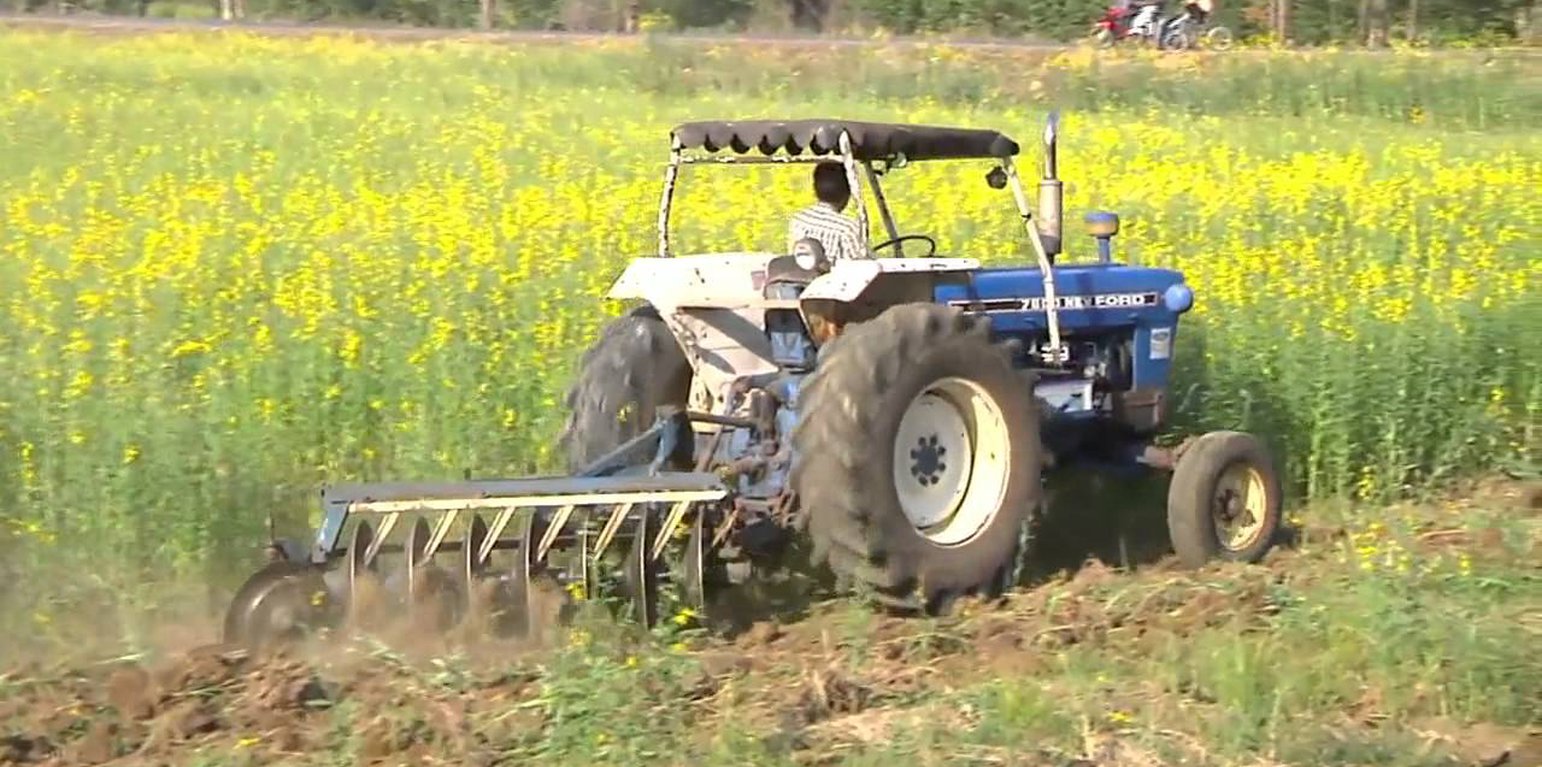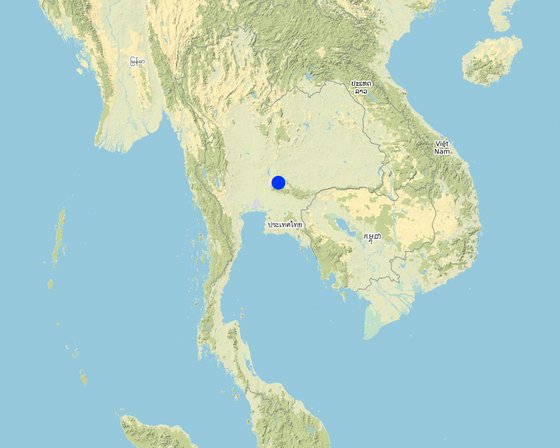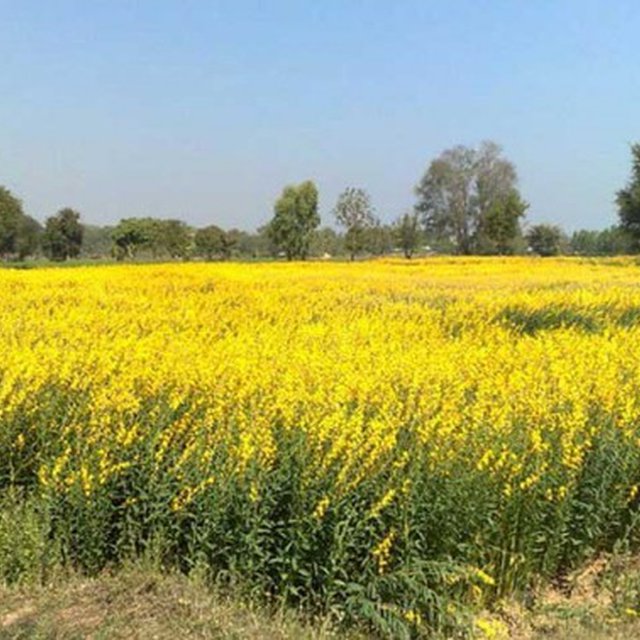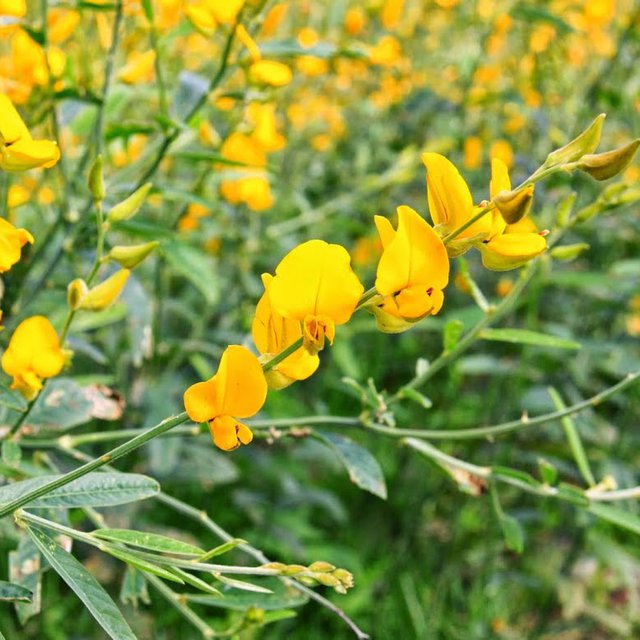



Planting sunn hemp (Crotalaria juncea) as green manure is an effective way to improve the fertility of the paddy fields in the irrigation zone of Chao Phraya River basin in the Central Plain of Thailand. Most farmers produce rice twice a year; some even grow 5 crops in 2 years. This is due to the fact that the water from the irrigation system is available also outside the rainy season. Continuous cropping without letting the land rest has a negative effect on the soil structure, because the soil has been prepared by small- to medium-sized machines, and preparation is done when there is moisture in the soil, leading to structural deterioration. As a result, its suitability for growing rice is reduced. In addition to this, the organic matter in the soil also decreases, resulting in low rice yields. Farmers solve the problem by increasing the amount of chemical fertilizers, but this increases costs. They therefore chose to grow sunn hemp instead which is a well known green manure - it is leguminous therefore it adds nitrogen to the soil and when it is ploughed in, and its bulky organic matter helps improve structure. At one stage, farmers experimented to know how to manage their paddy land by growing the sunn hemp as green manure crop appropriately. In the trial the land area being used was around one ha. Half of the land was under treatment Type 1 and the second half under Type 2.
Type 1 operation: Water was pumped into the paddy to moisten the soil. If a large amount of water was available, pumping would be done until the soil became well saturated or slightly flooded. The land would be left for a night. After that, the water was drained. On the following day, the sunn hemp seeds were sown.
Type 2 operation: The land was plowed at the start of the trial and the sunn hemp seeds were sown immediately. The sunn hemp plants were allowed to grow for 40-50 days or until the flowering was about 70-80%.
Then, the plots under both types were plowed over and were left idle for 15-30 days. Then, both plots were made muddy by plowing and harrowing for about 5-7 days; after that the rice seeds were sown.
Comparison between Type 1 and Type 2 showed they were not different in terms of production. However, Type 1 showed that some cash could be saved for plowing.

Местоположение: 50 Moo 3, Po ThaLae sub district, Bang-Rajan District,, Singburi province, Таиланд
Число исследованных участков, где применяется Технология: 10-100 участков
Пространственное распространение Технологии: примененяется точечно/ на небольших участках
На постоянно охраняемой территории?: Нет
Продолжительность применения Технологии: 10-50 лет назад
Тип внедрения/ применения





| Опишите затраты | Единица | Количество | Затраты на единицу (Доллары США) | Общая стоимость на единицу (Доллары США) | % затрат, оплаченных землепользователями |
| Оплата труда | |||||
| seed harvesting | kg per ha | 320,0 | 0,02 | 6,4 | |
| Другие | |||||
| pumping water | rai | 10,0 | 30,0 | 300,0 | |
| Общая стоимость запуска Технологии | 306.4 | ||||
| Общие затраты на создание Технологии в долларах США | 306.4 | ||||
religion activities decrease
activities decrease
increase good relationship